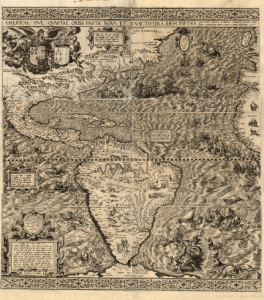Students examine the diverse elements that have shaped Latin American culture through an exploration of political, social, economic, religious, and artistic topics. They develop critical analysis skills through reading, discussion, and written and/or oral projects. The course includes study of selected literary and non-literary texts, including at least one substantive literary work. Taught in Spanish. Prerequisite: Spanish 250.
Spring 2013
Spanish 272
Cultural Heritage of Latin America, Myths and Demythification
What are some of the main elements of Latin America’s mosaic of cultural influences? How are these interpreted by different subjects and represented in different contexts? Which stories and histories have visibly shaped Latin American identities and cultural representations in media and literature, and what others have been silenced? This course will explore the interplay of myth, history, and representation in Latin American cultures, ranging from their pre-colonial to contemporary expressions. Among the themes we will examine are indigenous and colonial legends (Quechuan mythology, pirates in the Caribbean, sea monsters in “the New World,” the Fountain of Youth, cannibalism, etc.), religious expressions (with an emphasis on Afro-religions), ethnic and racial identity, and migrations, as well as their reinterpretations across history. Students will analyze a variety of cultural materials: one novel, brief texts from all different literary genres, a variety of anthropological articles, historical documents, newspaper articles, TV shows, advertisements, paintings, photography, and cartoons. The main goal will be to identify the origin of some of the most common images of Latin America and their impact in the process of nation building.
